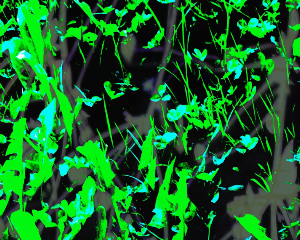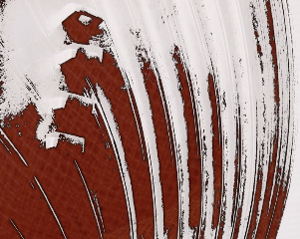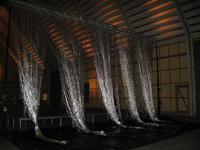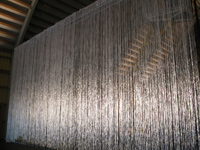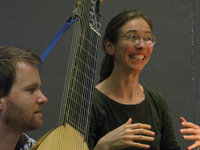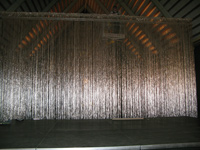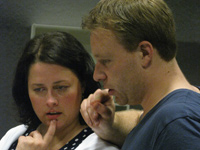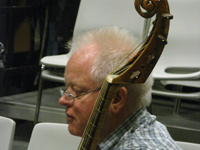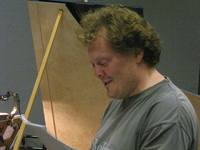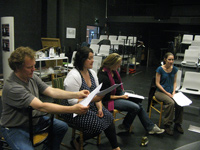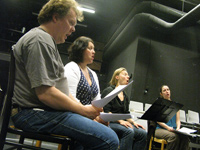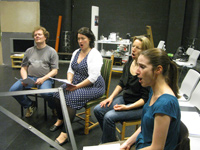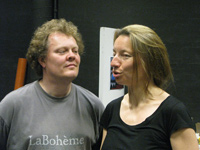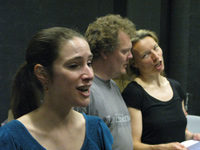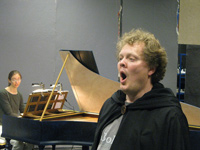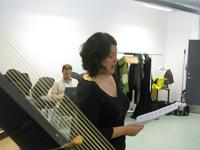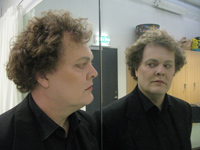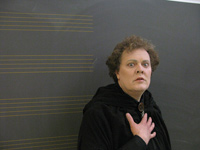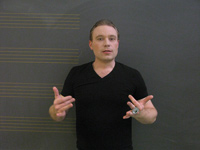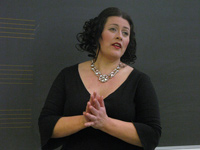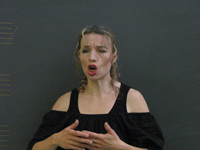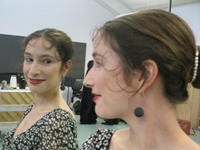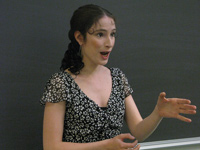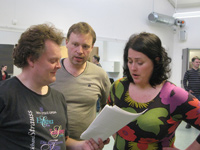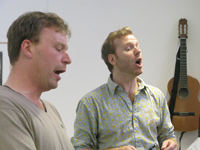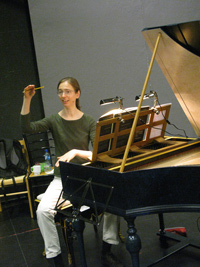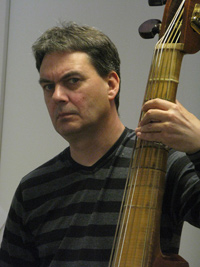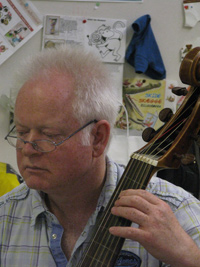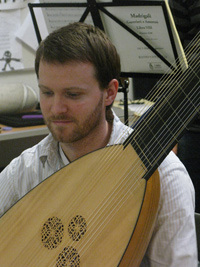| |
In 1618, when Ferdinand III was merely 10 years old, the 30 years’ war broke out. This was a religious war – between supporters of the reformation and those of the anti-reformation – and engulfed most of Europe. The Habsburgs fought with the Spanish, the Germans, and the Vatican on the one side, France, Holland, Sweden, and Denmark fought on the other. As French troops joined the Swedes and won a battle near Vienna, Ferdinand was forced to agree to the armistice of 1643. In 1648, a peace treaty was finally signed.
The Reformation was, however, not just a battle for the renewal of the Church, but also constituted a turning point in the history of Europe. The socio-political developments it entailed led, eventually, to freedom of religion and the separation of state and the Church. The foundations for modern society were thus laid.
There also happened an economic transition, which saw the rise of banking houses, the ascendance to power of families like the Medici or the Fugger, but also the impoverishment of the rural population, which lead to social tensions and farmers’ wars. Plague epidemics spread through Europe.
The late Renaissance was marked by change. The harmonious, balanced compositions of the Renaissance disappeared, and capricious, pompous, affected and tense forms of expressions became common. Allegorical depictions could only be understood by an informed aristocracy, and only knowledgeable listeners could grasp the subtleties. Manierism was born.
It was during that time that Monteverdi wrote his Madrigals. His music fascinates me with its multi-layered texture; the quality of the sounds is extraordinarily surprising, the quick notes an expression of inner tension, shock, and inner turmoil. I find Monteverdi’s way of combining text and music – expressing these emotional states – very experimental. The text is organized in independent sections; it creates contrasts by moving from frenzy to calm and from calm to frenzy. In some passages, he allows the singers the rhythmic freedom “to develop the song not according to the meter but to their inner emotional state.”
Monteverdi managed to mould human affect into musical figures. The different emotions inherent in the tangle of love relationships are expressed through an artful interplay of text and music. It is not the story’s order of events from a beginning to an end, like in opera, that is of interest here, but rather the various emotions that are expressed in dramatic, encrypted, mysterious, ambivalent, otherworldly, and surprising ways.
The drama of the human soul is dealt with through a multilayered and complex symbiosis of text and music that surprises us even today.
Through an intense engagement with the selected Madrigals and the team, I see these songs as individual spaces of constitutions of the soul.
Using short videos composed of moving and computer-edited photos of nature, architecture, faces, structures, and so on, it is possible to create moods that have a strong effect on subconscious feelings. These images can be projected onto the fiberglass installation, and thus cover the room completely or partially.
The interplay of the musicians with the space and the light-conditions (video) constitutes the aesthetics of the performance. The singers on the stage are present not merely on account of their voices, but they are also permanently visible and hence structure, as the visual elements of the room, the whole performance. As characters, they do not tell a story as in an opera, but they convey differentiated, often encrypted inner emotional worlds. Accordingly, I will develop with them simple and clear structures of movement, which permanently remain in communication with each other, with the space, the sounds, the imagery, and the text.
In this work, I observe closely the individual forces of expression of each performer. Thus, it is important for me to see how, for instance, somebody walks or moves their head, and which qualities of movement each human has. Out of these qualities, the Madrigal’s characters take shape, as they express their inner pain, their ambivalence, vengeance, wrath, desire, or love to the world in aggressive, longing, pleading, desirable, etc. ways.
In such multi-layered scenes it is reduction that gives space to the tensions, the shocks, and all the other emotional elements. In other words, I do not look for illustrative gestures to express certain emotional states, but it is the interplay of music, movement, image, and space in abstract ways that create a particular emotional atmosphere.
Thus, a slight, momentary movement of an arm or a head, for example, can achieve particular significance if all other parts are quiet.
But not all performative elements are equally important all the time. Rather, this depends entirely on the music. There will be phases where the music will capture the attention more than visual elements. Monteverdi used contrasts as a balancing force, and this principle can also be achieved by the various media in their interplay. The collection of the Madrigals is carried by a web of impossible balances. Theatrical elements expose and immediately remove themselves from the attention of the viewer/listener.
The moving – but also quiet – images of the video and the spatial arrangements will enhance the drama, tension, and immediacy of the music, and transform the audience into active participants.
|







